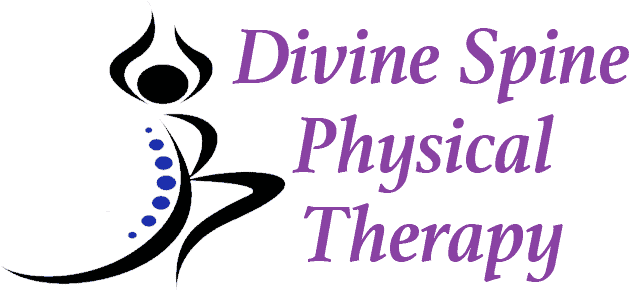What’s Causing Your Back Pain? How to Tell If It’s From a Herniated Disc
Is a Herniated Disc the Root of Your Back Pain?
A herniated disc refers to an issue with one of the rubbery cushions that are in between the vertebrae. A spinal disc has a soft jellylike interior with a tougher exterior.
Strange neck pains, back pains, or extremity symptoms can indicate a variety of potential problems – including one or more herniated discs. How can you tell for sure whether you have this specific problem? If you do have a herniated disc, what can you do about it? These questions don’t have to add confusion and frustration to your physical woes.
Fortunately, if your back pain is caused by a herniated disc, physical therapy can help. Contact us today to learn more.
How can physical therapy help my herniated disc?
Physical therapy plays a critical role in recovery from a herniated disc. There are a variety of physical therapy techniques, including passive and active treatments.
Passive treatments by a physical therapist include hot and cold therapy, transcutaneous electrical nerve stimulation (TENS), and deep tissue massage. Heat therapy increases blood flow to the target area and enhances healing. Cold therapy reduces inflammation and muscle spasm due to a herniated disc. TENS uses tiny electric currents to trigger endorphins and reduces pain. Deep tissue massage stimulates an increase in oxygen and nutrients for pain relief and healing.
A physical therapist will work with you to develop an active treatment program if you have a herniated disc. The focus is on flexibility, core stability, and muscle strength. Core strengthening exercises will strengthen the back muscles for better support. Flexibility and stretching exercises will enhance movement. Exercises for muscle strengthening will create strong structural support of the back.
How do I know if I have a herniated disc?
Your doctor can diagnose a herniated disc with a physical exam. Your doctor can perform a neurological exam to check muscle strength, reflexes, walking ability, and the ability to feel touch. Imaging tests may be ordered to diagnose the cause of your pain.
A CT scan shows cross-sectional images of the spinal column and can pinpoint a herniated disc. An MRI creates images of the body’s internal structures and can also confirm the location of a herniated disc.
Herniated discs don’t always cause symptoms, but the symptoms that they do cause can help you troubleshoot the nature of your problem. The most common symptoms include:
- Symptoms that began after you gained a lot of weight (since obesity is a risk factor for disc problems)
- Symptoms that started shortly after an accident, extreme twisting of the neck or back, or an attempt to lift a heavy object
- An inability to walk more than a few steps without pain
- Pain, tingling, or loss of sensation in a limb (the result of a herniated disc pressing against nerve roots.
- Back pain that seems to grow worse when you sneeze, cough, stand up or sit down
- Neck pain (if it’s a cervical disc)
If your symptoms seem to be soothed by massage, heat, or cold, you’re more likely to have a strained muscle or tendon than a herniated disc.
Ultimately, the most accurate way to confirm a herniated disc is through medical imaging. X-rays can reveal not only the abnormal shape of a herniated disc, but also whether the herniation is pinching a nerve.
The risks of having a herniated disc
A herniated disc is often the result of aging and known as disc degeneration. With age, the disc becomes less flexible.
Lifting heavy objects improperly can cause a herniated disc. Other risk factors include weight and genetics. Excess body weight causes more stress on the discs. And genetics can predispose one to develop a herniated disc.
Common symptoms of a herniated disc
While most herniated discs occur in the lower back, they also can occur in the cervical area. Symptoms are dependent on where the disc is located and whether or not it’s compressing a nerve.
Typically, one side of the body is affected. You may experience arm or leg pain, tingling, or numbness or weakness. If the herniated disc is located in the back, you’ll likely experience pain in the buttocks, thigh, and calf.
If it’s located in the neck, you’ll likely experience pain in the arm and shoulder. The pain with a herniated disc can be sharp. Pain, numbness, and tingling can radiate to other parts of the body, too.
Keep in mind that you can have a herniated disc with no symptoms.
Find relief for your herniated disc today
All around, physical therapy can help you recover from a herniated disc and help prevent future injury to the spine.
If you’re experiencing any symptoms of a herniated disc, it’s wise to see a doctor for an accurate diagnosis. Likely, your doctor will recommend physical therapy. Contact Divine Spine Physical Therapy today to schedule an appointment.
